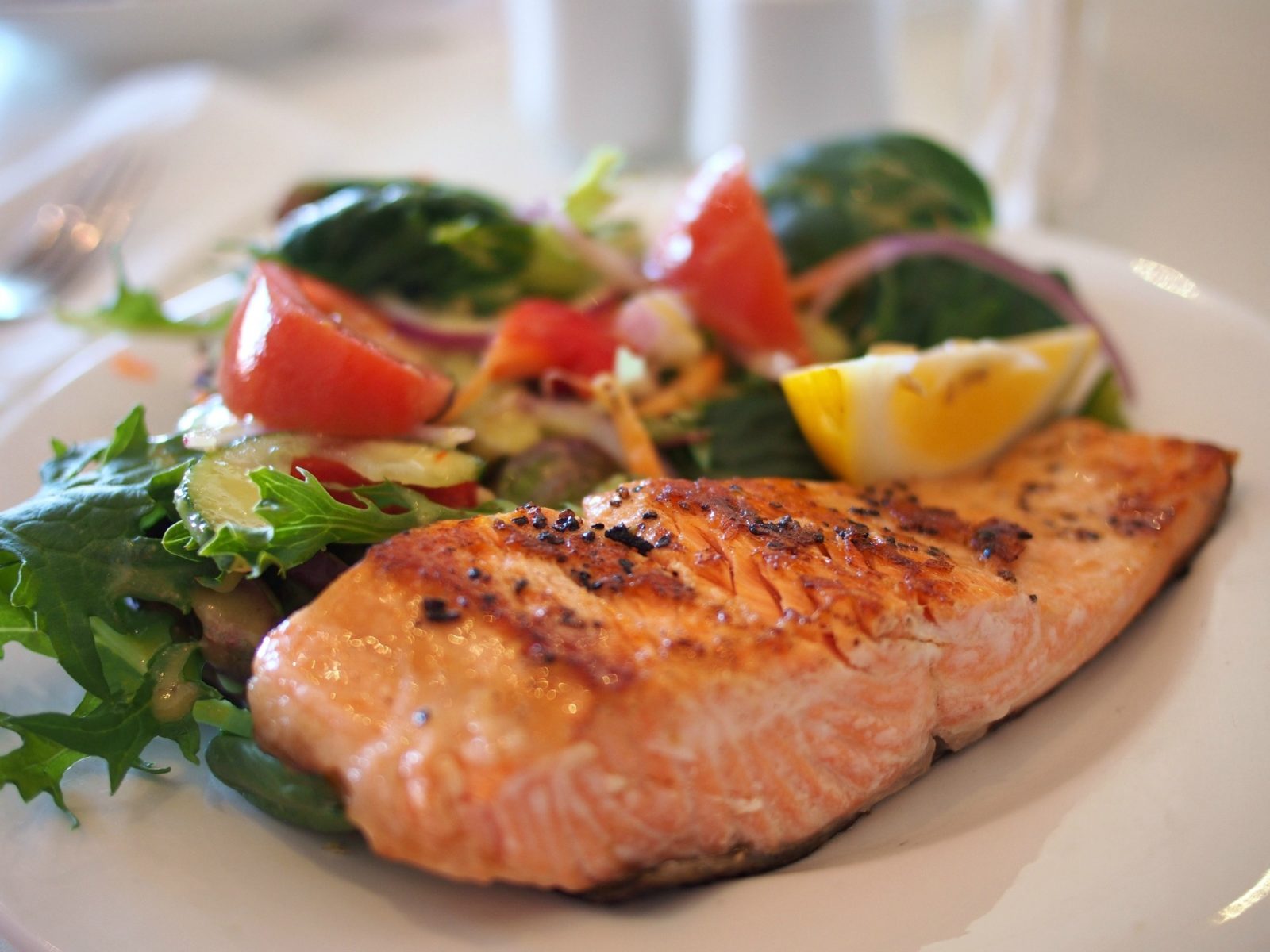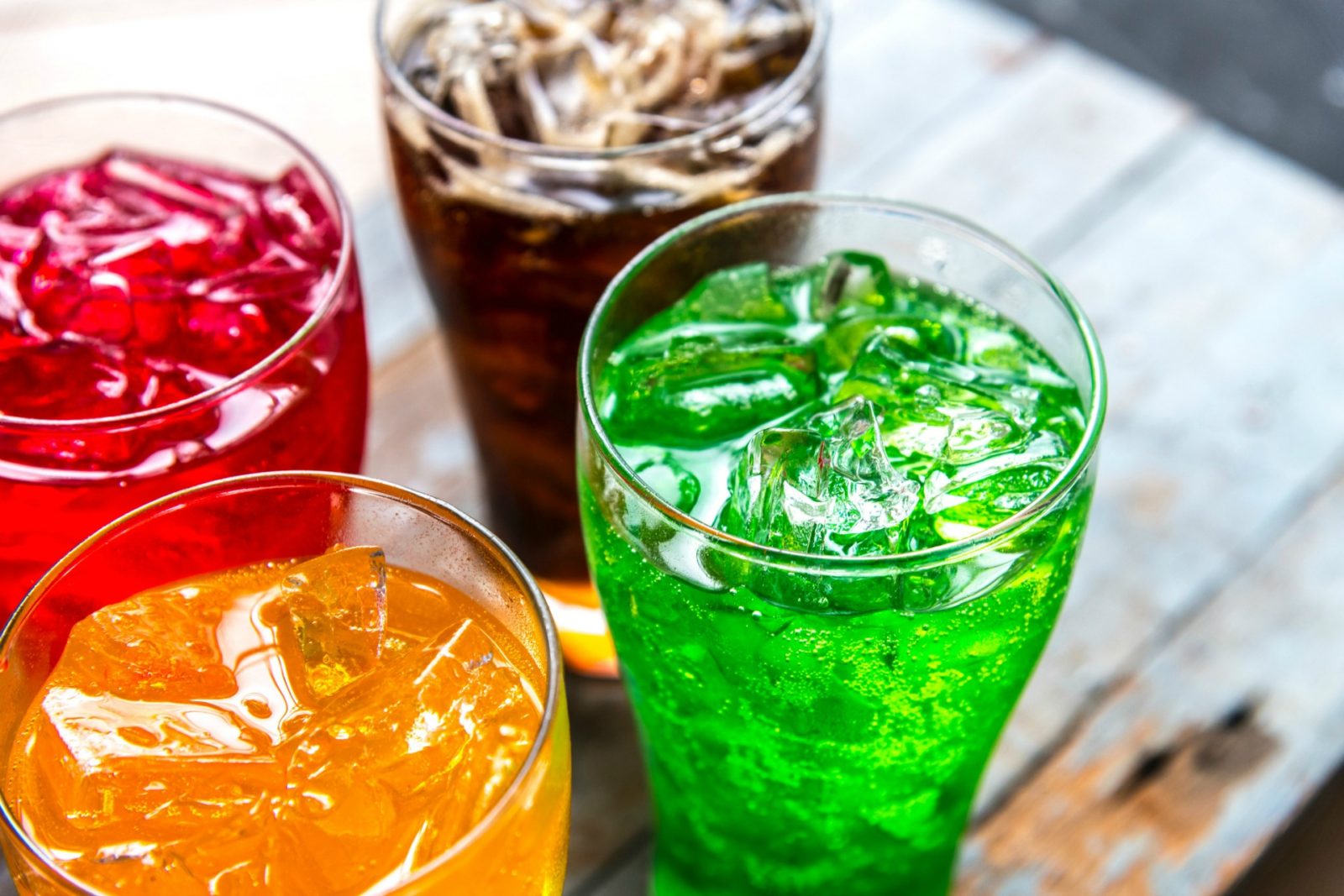Changing your diet to help aches and pains

While there’s no cure many of the aches and pains people experience as they age, there are ways of reducing the discomfort that comes with many of these pain-related health conditions. Some people use medication to sooth soreness, but diet is also an effective way of helping people manage pain in the body.
“Diet is an essential part of managing many of the common ailments that become increasingly common as we get older, whether it be tendon, muscle or joint-related pain,” Dr Matt Chamberlain, Sports and Exercise Physician at Balwyn Sports and Physiotherapy, tells Starts at 60. “The common link in many situations seems to be higher levels of systemic inflammation, and this is certainly helped by good dietary management.”
Systemic inflammation can be caused by the joint wearing out in some people, but is often magnified by chronic low grade inflammation, making the perception of pain seem worse.
“If we can control these aches and pains by some dietary changes then people often realise things aren’t so bad or forget them completely,” Chamberlain explains.
Because there are many systems in the human body that can contribute to pain, stiffness and chronic inflammation, it’s important to realise which components are causing the pain in the first place. Obesity is a major factor, while systemic diseases such as diabetes, insulin resistance, thyroid dysfunction and high cholesterol can all impact the muscles, ligaments and joints around the bodies. Muscle mass also decreases as people age, while gut health can also result in systemic inflammation.
Chamberlain offers a range of diet tips and changes that can help assist when it comes to reducing aches and pains. In what should come as no surprise to many over-60s, he recommends eating a variety of foods with a focus of fresh food and produce, while cutting out processed foods where possible. Equally, reducing an eating window to 12 hours a day can help and snacking should also be avoided.
Increasing levels of omega-3 fatty acids is also encouraged and can typically be found in seafood, such as salmon, some nuts, egg yolks, cheese and flaxseed.
“Although it quite complex in reality – omega-3 consumption is generally associated with production of more the bodies endogenous anti-inflammatory compounds,” Chamberlain says.

Coconut and avocado can help and cruciferous vegetables including broccoli, kale and cauliflower are important because they often contain a specific enzyme that is involved in the inflammatory pathway.
“They also contain several antioxidants and fibre which functions as a prebiotic (or fuel for the good bacteria in our gut),” Chamberlain adds.
Read more: Managing your arthritis with food and gentle exercise

Green tea typically has anti-inflammatory properties and is rich is polyphenols, but it’s important to be weary of many commercial brands on the market that are high in sugar and won’t have the same impact. Blueberries, blackberries and strawberries are also rich in polyphenols, while extra virgin olive oil is high in monounsaturated fat.
Eating a diet rich in these foods has been shown to influence systemic inflammation significantly, according to Chamberlain.
“Certainly, the benefits from eating oily fish (omega 3) come from consumption at least three times a week. Cruciferous vegetable intake should be daily,” Chamberlain says.

There is also evidence to suggest boswellia serrata (also known as Indian frankincense), ginger and turmeric can assist when things are particularly sore. However, eating these foods as part of your diet may not be enough and many health experts recommend consuming them as a supplement to get a more potent quantity.
“The reality is however than food sources of these substances are unlikely to have enough to produce a clinically meaningful effect, and as such supplementation would be required,” Chamberlain says.
In terms of muscle loss, a diet rich in inflammation-reducing foods could help, but would need to be in addition to resistance strength training and protein supplementation.
On the other end of the scale, sugars and refined carbohydrates, grains including breads, pastas, as well as added sugars can contribute to joint aches and pains. Fructose or high-fructose corn syrup (HFCS) is commonly found in processed foods and sugary drinks, further causing problems when it comes to pain.
“This has been found in several studies to be associated with increased inflammation, and strongly associated with obesity, insulin resistance and fatty liver,” Chamberlain explains.

Foods containing trans-fats such as fried fast food should be avoided, while vegetable-based oils rich in omega-6 fatty acids including sunflower oil, peanut oil and canola oil are increasingly linked to persistent low-grade inflammation.
It’s always important to discuss significant dietary changes and supplementation with a GP or health professional, particularly for people on medication or other treatments. Equally, it’s vital to know that increasing levels of these foods needs to be part of a bigger lifestyle change and that adding a few foods to a poor diet or lifestyle won’t result in ongoing pain improvement.
“I’ve seen very significant changes in peoples’ aches and pains by dietary modification over several years of medicine,” Chamberlain says. “These changes happen generally with significant modification of a poor diet, as well as other positive lifestyle changes like regular exercise, good quality sleep, stopping smoking, cutting back on alcohol and stress management.

“I suggest if people are serious then consider enlisting some help in the form of nutritionist/dietician, or your local doctor if they have an interest in the nutritional aspects of medicine.”








 Proudly Australian owned and operated
Proudly Australian owned and operated